Modern home design often emphasizes clean lines, minimalist aesthetics, and clutter-free spaces. But sometimes, in pursuit of sleek and stylish interiors, we unknowingly strip away the very elements that make a home feel cozy and welcoming. Certain everyday items—chosen for convenience or trendiness—can make a space feel impersonal or cold. While these pieces might be practical or fashionable, they often lack the warmth that invites comfort and connection.
1. Stainless Steel Everything
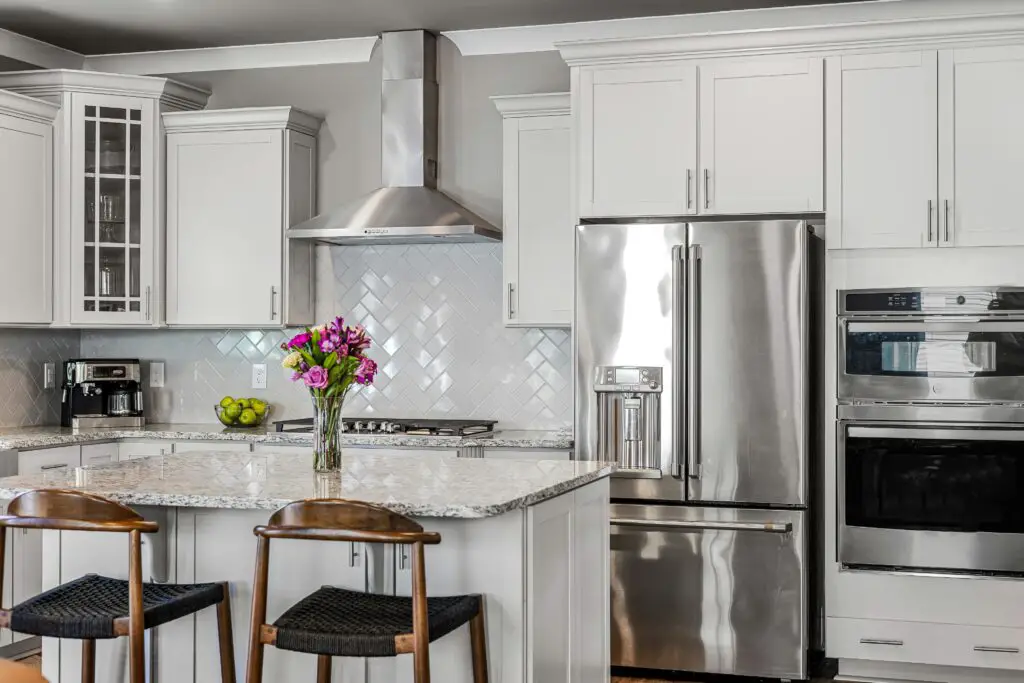
According to Martha Stewart, while stainless steel appliances offer a timeless, professional look, they can also contribute to a sterile, industrial feel in the home. The cold, metallic sheen dominates kitchens and laundries, making them feel more like commercial spaces than warm family hubs. Without contrasting textures or warmer accents, these areas risk becoming uninviting. Stainless steel also shows fingerprints easily, adding to a sense of ongoing upkeep that makes the space feel less lived-in.
For homeowners seeking coziness, stainless steel surfaces often backfire. Pairing them with wood accents, colorful textiles, or matte finishes can help balance the temperature of the room visually. But when left on their own, these items can create a feeling of distance, especially when lighting is too cool or flat. It’s one area where form and function need more careful blending.
2. Gray Walls
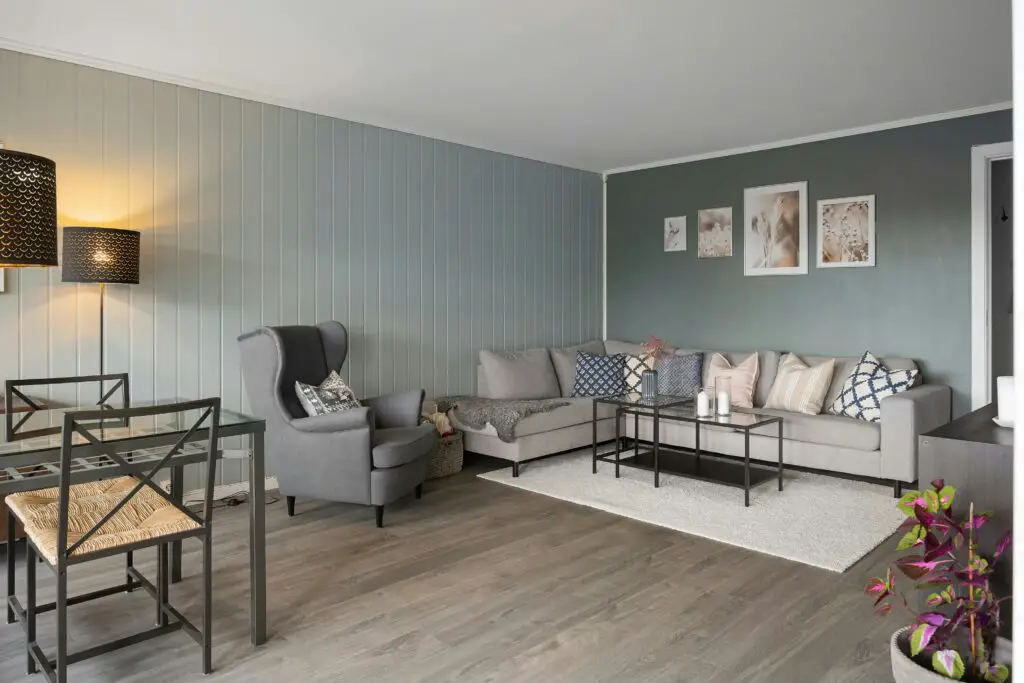
Real Simple points out that while gray walls once topped design trend lists, their overuse has led to lifeless interiors. The wrong shade of gray can make a room feel flat, dim, and even emotionally draining—especially when natural light is limited. When paired with similarly muted furniture and flooring, the overall effect can be stark and unfriendly. This monochrome palette lacks the personality many homeowners crave today.
Over time, gray-heavy spaces start to feel impersonal. What was once seen as neutral and modern now risks feeling outdated and uninspired. Bringing in color—whether through wall art, warm lighting, or patterned textiles—can reverse the effect. But left untouched, gray-drenched interiors lose their charm and warmth.
3. Recessed Lighting Everywhere
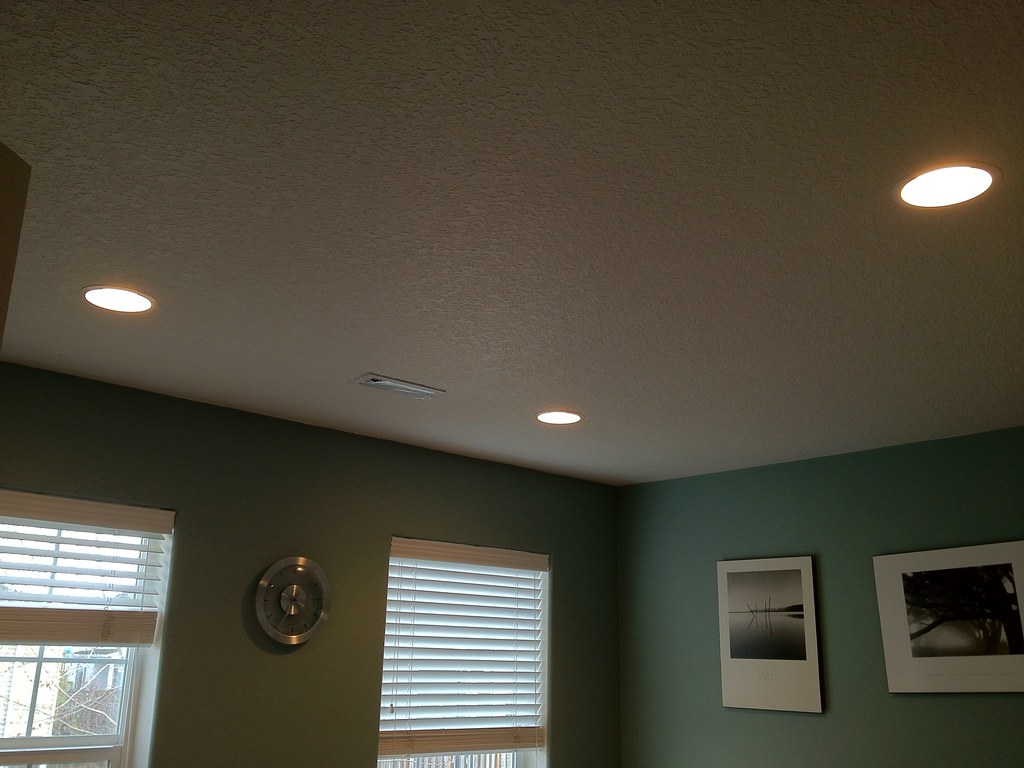
As noted by The Spruce, recessed lighting is popular for its sleek look and unobtrusive profile, but when used excessively, it can make homes feel cold. Unlike lamps or pendant lights, which create pools of warmth, recessed lights often wash rooms in a uniform, clinical glow. Without variation, lighting becomes flat and fails to highlight key features or cozy corners. This uniformity reduces ambiance and comfort.
Homeowners may not realize how much lighting impacts mood. When there’s no layered lighting—like floor lamps or wall sconces—spaces can feel more like office buildings than homes. Replacing a few recessed lights with fixtures that bring both function and character can go a long way. It’s a subtle shift that dramatically alters how welcoming a room feels.
4. Minimalist Furniture Sets
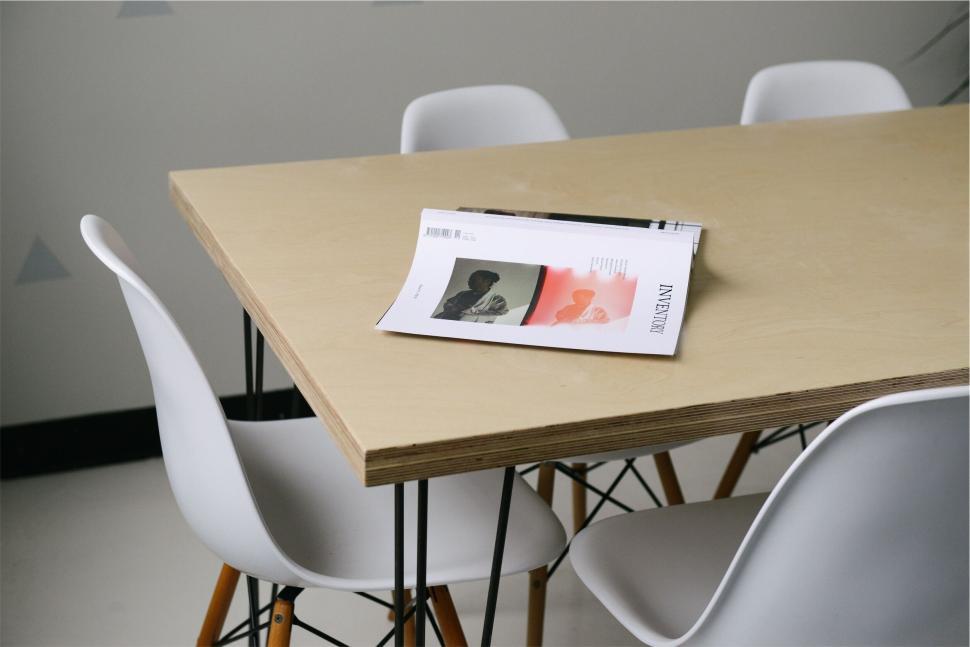
According to Forbes, the popularity of minimalist furniture has resulted in sleek but emotionally distant interiors. Matching sets with sharp lines and slim profiles may look great in photos but often fail to foster relaxation. These pieces can feel rigid or overly structured, discouraging people from lounging or gathering comfortably. The lack of softness or variation makes rooms feel more like showrooms than lived-in spaces.
Minimalism done right still allows for texture and warmth. But when every surface is smooth, hard, and colorless, the emotional temperature drops. The key is to blend clean design with plush textiles or organic shapes to prevent a museum-like effect. Otherwise, the atmosphere remains uninviting.
5. Glass Coffee Tables
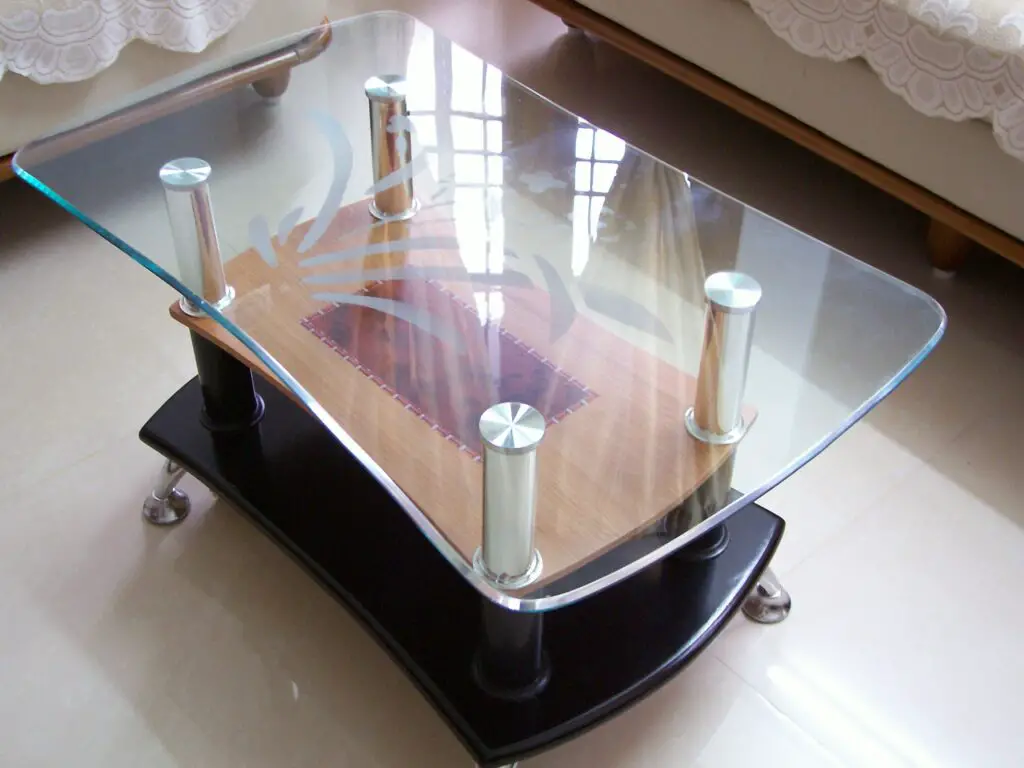
Glass coffee tables offer a sleek, modern look, but they rarely create a sense of comfort. Their transparent surface adds little visual warmth and can feel fragile or sterile. Guests may hesitate to rest their feet or set down drinks, making the piece more aesthetic than functional. Over time, it becomes a focal point that people interact with cautiously.
These tables also show every smudge and speck of dust, adding to the perception of cold perfectionism. In family-friendly or cozy spaces, their sharp edges and slick surfaces can seem out of place. Choosing alternatives like rustic wood or upholstered ottomans can immediately soften the room. Form doesn’t have to outweigh friendliness.
6. Oversized Wall-Mounted TVs

While big-screen TVs are a common entertainment staple, mounting them on the wall like a centerpiece can make a room feel like a tech showroom. The black, lifeless rectangle dominates the space when it’s turned off, absorbing attention and visual energy. This effect becomes more pronounced in living rooms without other visual focal points. The space starts to feel less about connection and more about consumption.
Incorporating artwork, plants, or textured panels around the TV can mitigate this issue. But when left bare, these setups project a cold, impersonal tone. Homes should balance function with a sense of warmth and intimacy. Otherwise, screen-centric layouts turn living rooms into oversized media pods.
7. Floating Shelves With Sparse Decor
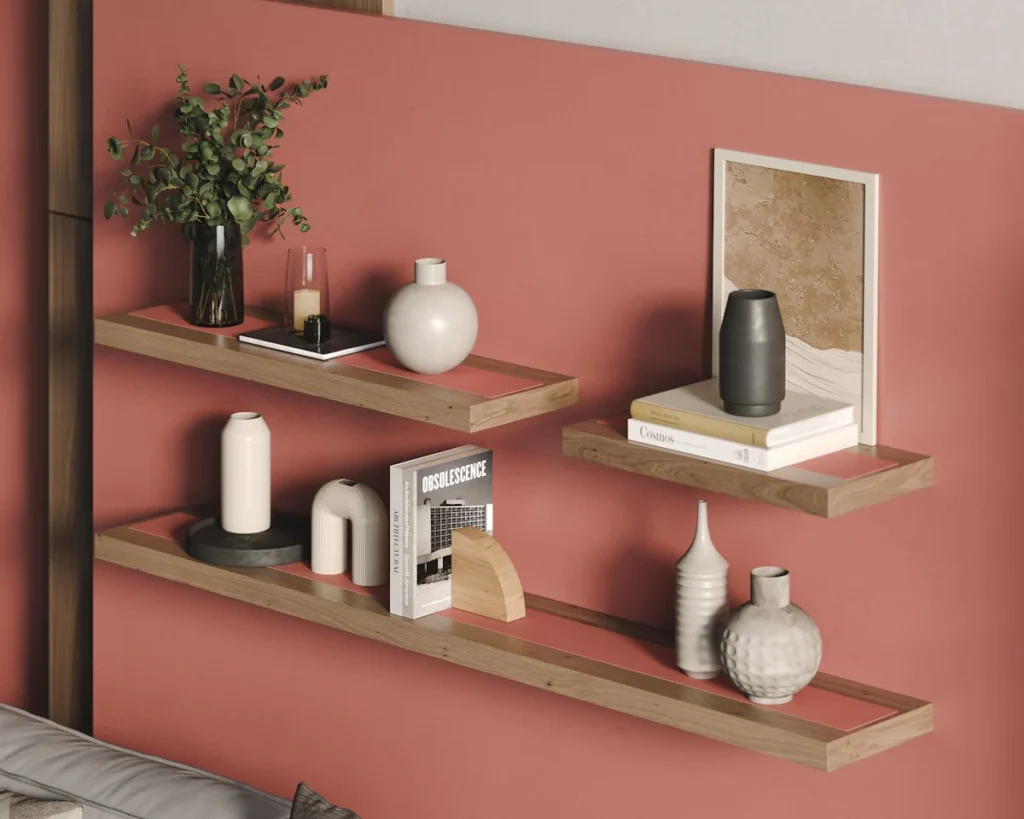
Floating shelves are sleek and modern, but when styled sparsely, they can contribute to a cold, unfinished look. Minimal items spread across wide, empty shelves may seem intentional, but often they give off a sense of incompleteness. Instead of drawing people in, these shelves can feel staged and distant. The lack of warmth or narrative reduces their charm.
When shelves lack personal touches—books, framed photos, or mementos—they do little to make a space feel lived-in. The result is a showroom vibe that’s hard to connect with. Even a few well-placed items can shift the mood toward something more welcoming. It’s all about striking a balance between curated and cozy.
8. Matte Black Fixtures
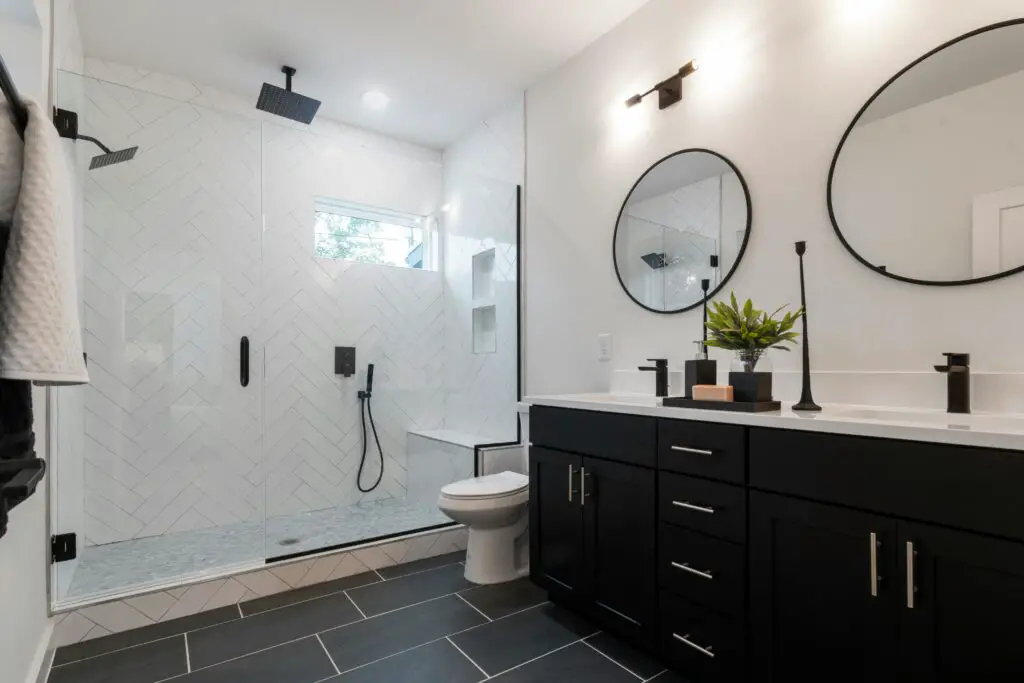
Matte black has become a go-to for modern fixtures, but overuse can make spaces feel stark. While the finish is undeniably stylish, too many black hardware elements create a harsh contrast, especially in light-colored bathrooms or kitchens. This high contrast can be visually jarring and lend a cold, industrial tone. It’s especially true when combined with monochrome or minimalist designs.
Mixing black fixtures with warmer metals or natural textures can restore balance. When everything’s too sharp or dark, the emotional tone of the room can suffer. Matte black works best as an accent, not a dominant theme. Otherwise, the ambiance starts to feel rigid instead of relaxed.
9. Faux Marble Surfaces
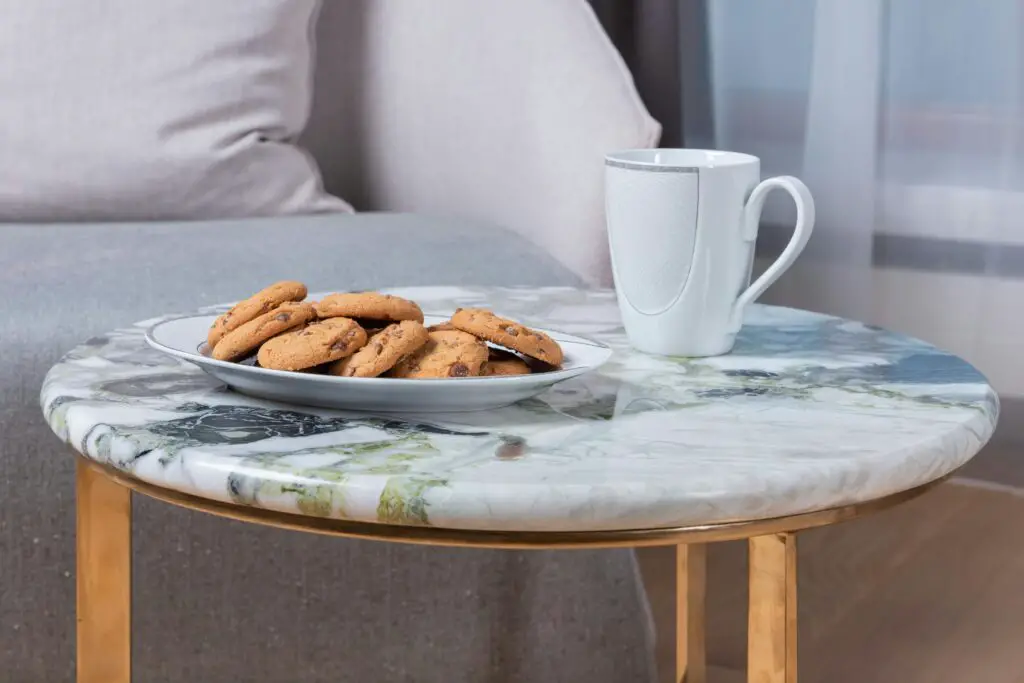
Faux marble countertops and tabletops can mimic luxury, but their lack of texture and warmth is noticeable. These surfaces often feel cold to the touch and lack the depth and visual richness of real stone. The patterns can appear repetitive and flat, undermining the natural charm they aim to imitate. This contributes to a space that feels more artificial than authentic.
In rooms meant for gathering and comfort, faux finishes don’t always deliver the inviting feel homeowners are after. They tend to highlight imperfections and smudges, reminding guests of their artificiality. Swapping out for butcher block, quartz, or textured laminate can improve both aesthetics and mood. The goal is to evoke warmth, not mimicry.
10. Plastic Organizational Bins

Clear plastic bins are a go-to for home organization, but they rarely make a space feel homey. Stacked in closets, pantries, or bathrooms, they emphasize utility over warmth. Their rigid look and sterile material often clash with softer home elements. Rather than hiding clutter, they put it on display behind glossy barriers.
Wicker baskets, fabric bins, or wooden crates offer the same storage benefits without sacrificing style. Too many plastic containers can make homes feel like warehouses. They serve a purpose, but moderation is key. Organization should bring peace—not sterility.
11. Frameless Mirrors
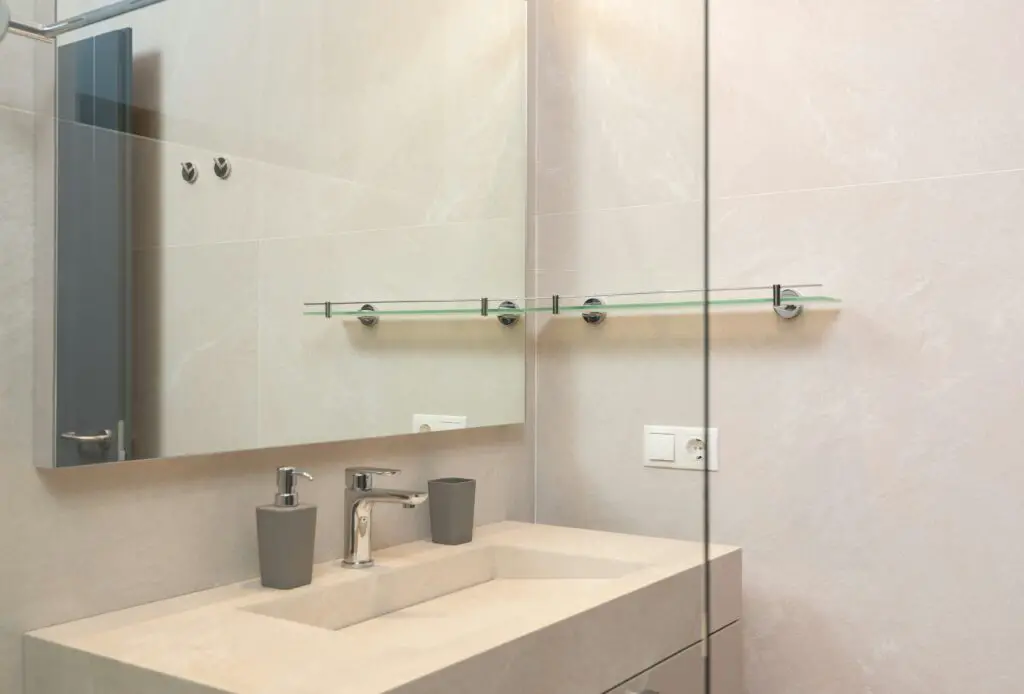
Frameless mirrors are often chosen for their clean aesthetic, but they can make a space feel impersonal. Without a frame, mirrors float on walls without any architectural grounding. This can lead to a disjointed, cold effect that lacks visual connection to the room. The absence of warmth or detail feels especially noticeable in bathrooms and entryways.
Adding a wood or metal frame gives the mirror character and helps it tie into the space. Frameless options, while trendy, don’t always contribute to a cozy atmosphere. They risk appearing like placeholder décor rather than intentional design. A well-framed mirror reflects both light and personality.
12. Bare Floors With No Rugs
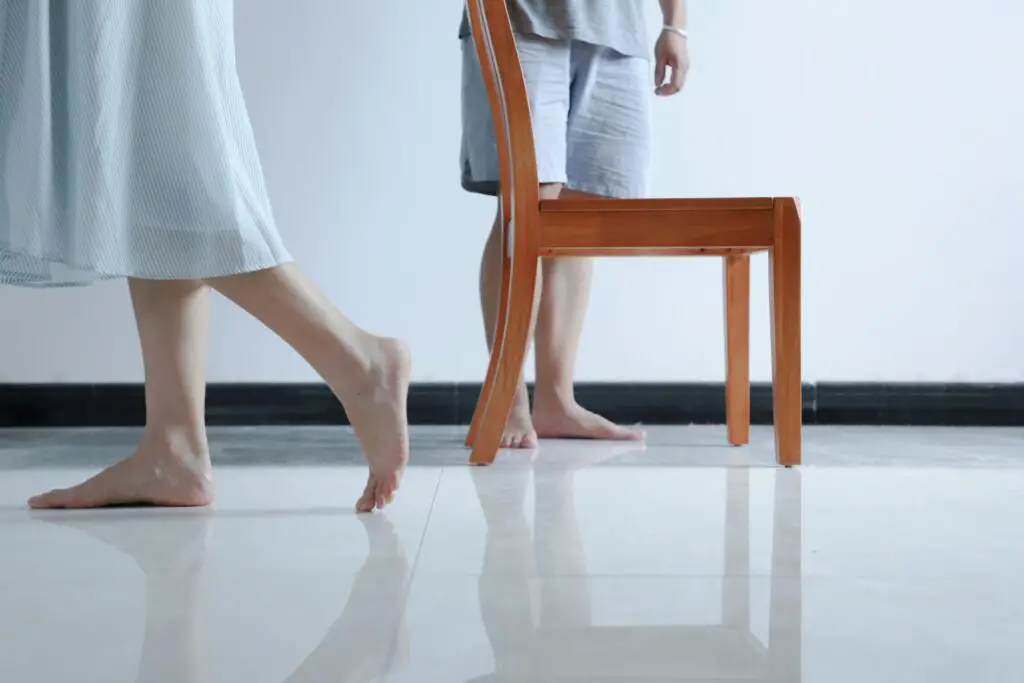
Exposed hardwood or tile flooring can be beautiful, but without area rugs, these surfaces leave rooms feeling echoey and sparse. Bare floors fail to absorb sound or add softness underfoot, making spaces feel cold—both physically and emotionally. The lack of texture also removes visual warmth and dimension. This effect becomes even more noticeable in open-concept homes.
Rugs anchor furniture and define zones, bringing structure and comfort to a room. Without them, even the most beautiful flooring feels unfinished. Layering rugs adds coziness that bare floors can’t replicate. It’s a small addition that changes the entire tone.
13. Uniform Furniture Sets
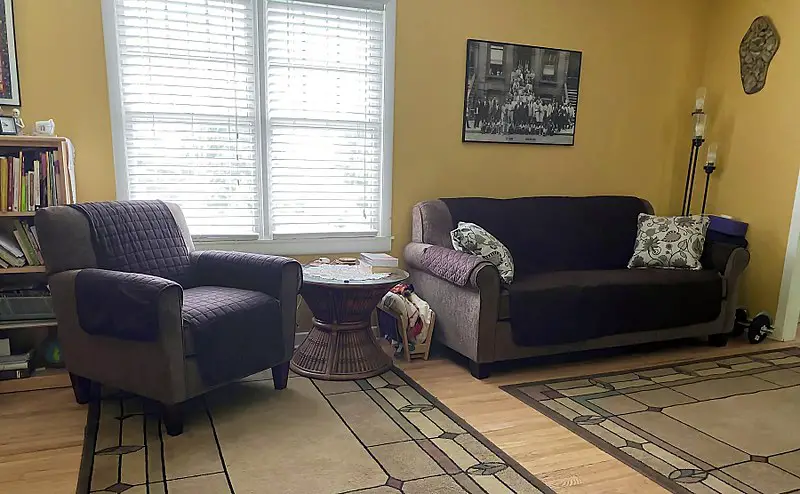
Matching furniture sets—like identical couch and loveseat combos—can look clean but feel uninspired. This uniformity eliminates the layered, collected-over-time aesthetic that feels warm and personal. Instead of encouraging comfort and expression, these spaces read as overly coordinated and flat. They lack the individuality that makes a house feel like a home.
Breaking up sets with accent chairs, varied textures, and eclectic finds adds soul to a space. Too much uniformity creates a visual monotone that distances rather than invites. Cozy rooms are often imperfect and diverse in design. That’s what makes them feel truly lived-in.
14. Acrylic or Lucite Furniture

Transparent furniture like acrylic coffee tables or ghost chairs is meant to create a sense of airiness, but it often falls flat emotionally. These pieces disappear visually, but they also fail to provide texture or grounding. Their plastic feel and hard edges lack the comfort people associate with home. In large doses, they make rooms feel impersonal and cold.
While they may complement small spaces or modern design, using too many can tip the balance. Homes need tactile elements—like wood, fabric, or metal—to feel warm and layered. Acrylic may serve a purpose, but it doesn’t evoke softness or invitation. Mixing in more natural materials can remedy the chill.
15. High-Gloss Finishes
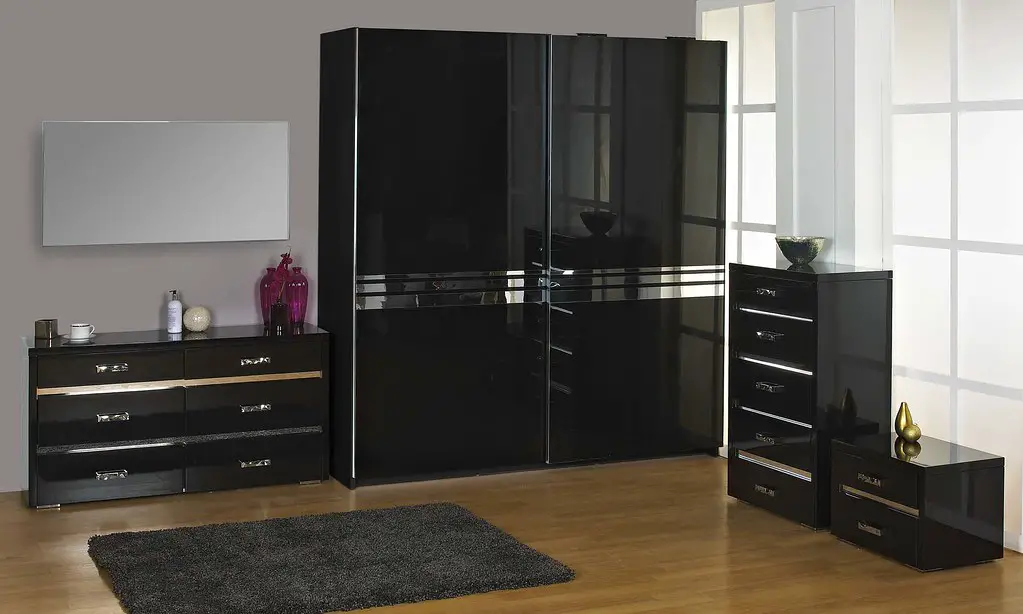
High-gloss cabinetry, walls, or furniture reflects light in a way that can feel flashy rather than warm. These surfaces amplify every smudge, scratch, and imperfection, requiring constant maintenance to look good. They may appeal in photos, but in real life, they often read as cold and high-maintenance. Glossy finishes rarely age well in cozy settings.
Matte and satin finishes offer a more forgiving, lived-in vibe. They reflect light gently and add a subtle texture to interiors. Overusing high gloss, especially in living spaces, makes everything feel too precious. Comfort comes from softness, not sheen.
